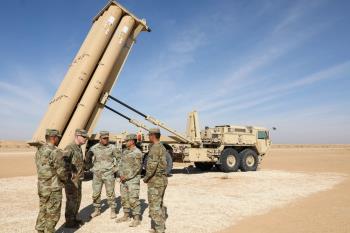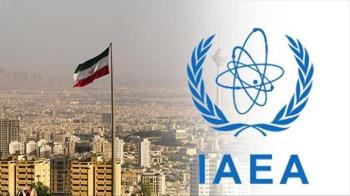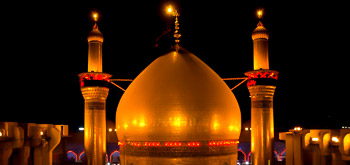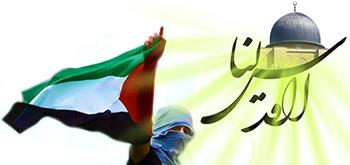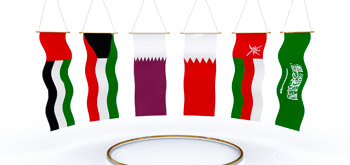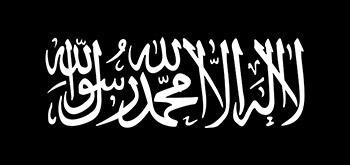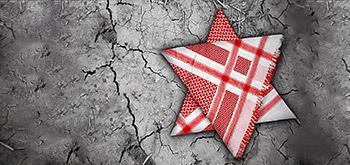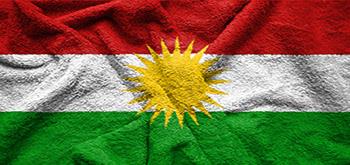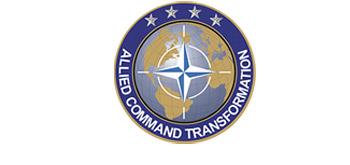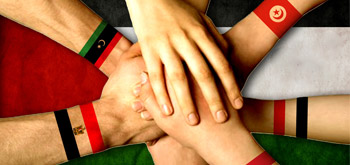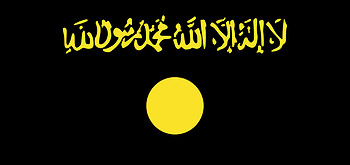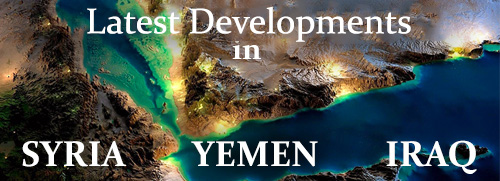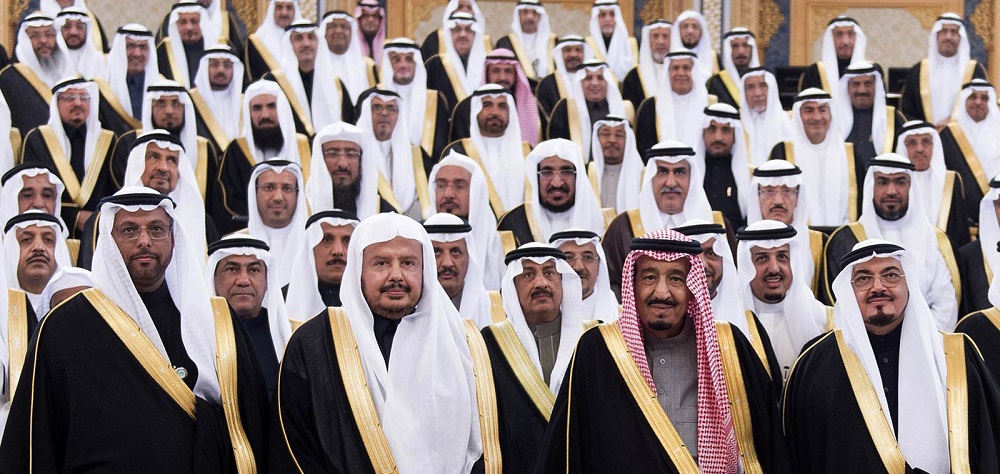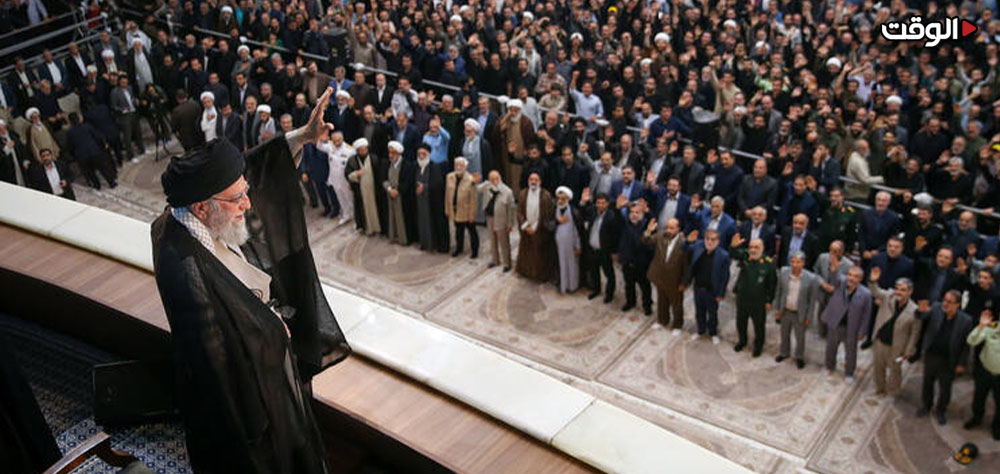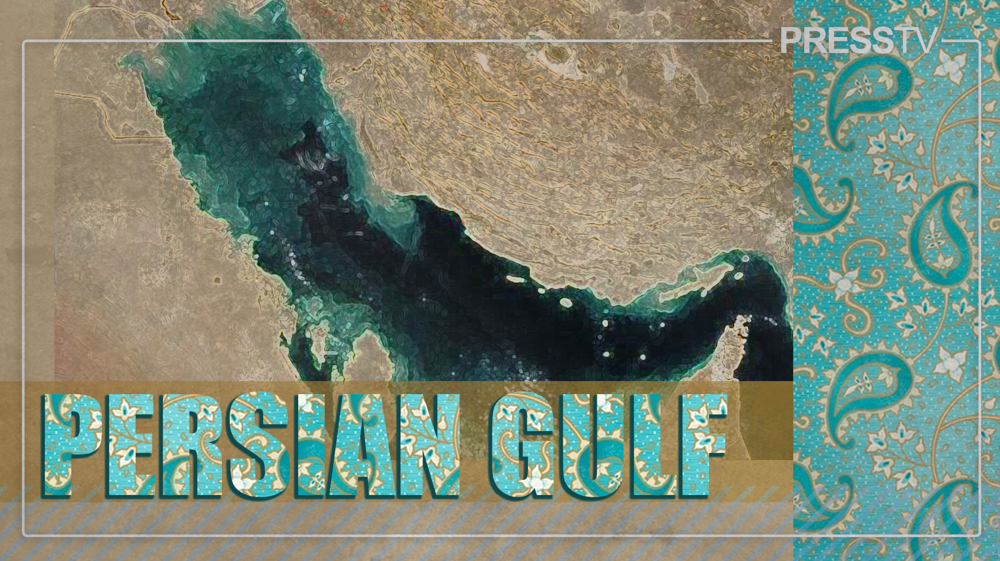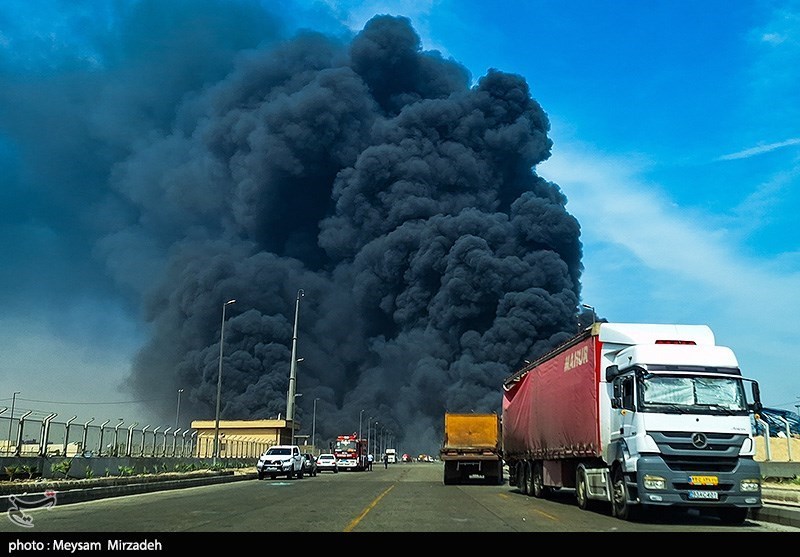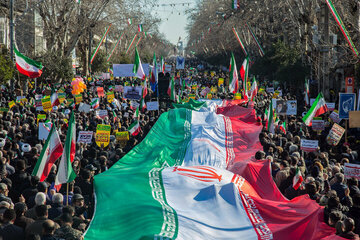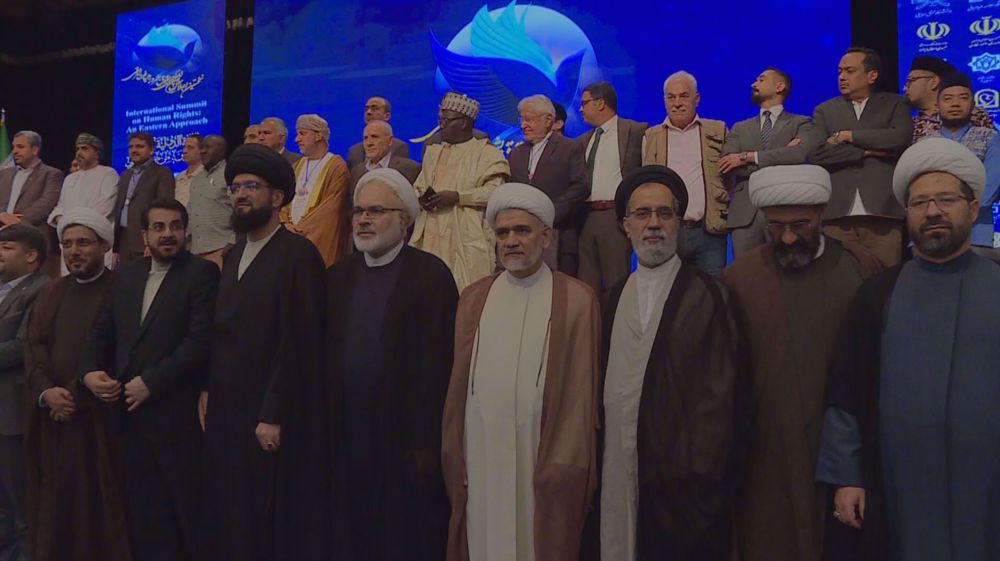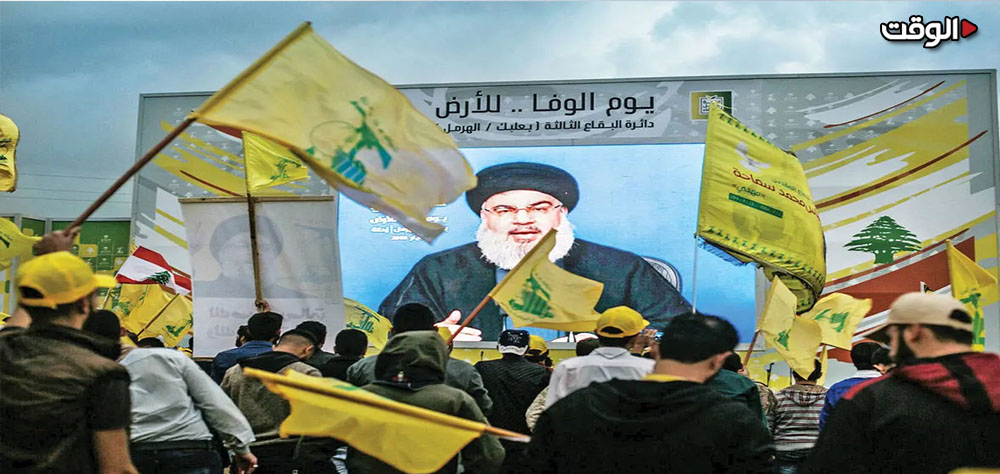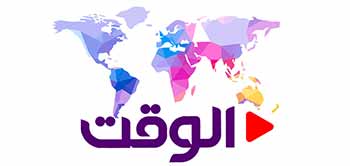Alwaght- On Tuesday, a fresh controversial news on the wealth of a member of the Al Saud ruling family triggered reactions on the social media across the Arab world and also inside the Arab kingdom itself.
Mujtahed, a Saudi activist who is known for his eristic Twitter posts that give insider news about the Saudi royalty, in his latest post on the ruling family revealed the wealth of the late chairman of the Saudi Allegiance Council Prince Mishaal bin Abdulaziz, saying that his total fortune equaled the annual budgets of many global countries.
The Twitter activist added that “Mishaal bin Abdulaziz left 1.43 trillion Saudi rials ($357.3 billion) for his inheritors that was distributed between his wives, 9 sons, and 7 daughters.” He died in early May at 92.
The revelation of the Saudi prince’s wealth stirred criticism of the social networks users who questioned the way money is distributed in the Arab kingdom.
Community’s economic conditions
Saudi Arabia is the world's largest oil producer and exporter and is home to the holy Muslim sites that annually attract millions of religious tourists and worshippers to the two holy cities of Mecca and Medina. These two factors have a large share in augmenting the country’s Gross Domestic Production (GDP). Despite this big wealth, there have always been questions about the people’s living conditions in the kingdom.
The GDP of every country is every year published by the World Bank which also makes available to the public the economic performance data of the global countries for the past 10 years. The World Bank figures suggest that in 1980 the per capita GDP of the kingdom was 126,000 rials ($33,600), making the country rank fourth globally. But the kingdom not only failed to improve its global ranking but also witnessed a plunge as in 1990 dropped to 28th and in 2000 to 53th rank, though it saw some improvement of ranking in 2010 the year the World Bank put it in the 43th place. The 2011 per capita GDP fell to 82,000 rials ($21,865) from the 128,000 rials of 1980, showing a noticeable gap in three decades.
Moreover, according to international financial reports, during the past 30 years nearly 39 countries overtook Saudi Arabia amid a fierce global race for economic growth. This comes while the Arab country so far has not been subjected to any economic sanctions, unlike some regional countries that made their way to economic flourishing despite heavy sanctions. In fact, over the course of the past three decades, the Saudi Arabian per capita GDP fell by 35 percent and during the past 20 years the country declined to witness any remarkable GDP boost.
The hefty oil incomes are themselves blamed for broadening the economic gaps between the rich and poor. Economic analyses suggest that only one-thirds of the Saudi population is living in proper economic conditions and the other two parts are living in “pathetic” economic conditions. Many analysts argue that such an unfair regime that burns through its wealth very disastrously cannot survive for a long time once the economic situation heads to deterioration.
It seems that the kingdom’s regional status should be much different from now due to the huge oil exports income and the not big population. However, it remains to be recognized the cause of division and mess in the region instead of being a hub of culture, science, and job opportunities in the whole West Asia.
Earlier, a copy of report of the country’s National Anti-poverty Committee, whose work is fully secret, was delivered to the country’s media. The report was described to contain appalling news about the Saudi Arabian society's economic situation.
The report suggested that 39 percent of the people were under the poverty line, with Jizan in southern Saudi Arabia that has 9,700 poor families being the poorest among others, followed by Najran and Medina.
All these figures pertain to the ordinary classes of the society while the royal class is globally known for its wealth, including its building of magnificent palaces. Luxurious lifestyle of the Al Saud ruling family that wastes the oil incomes at the hands of the princes who are immersed in extravagance prevents government’s spending to improve people’s living conditions.
It seems that the kingdom is heading to silent economic collapse as Al Saud rulers are economically planless but are struggling to plan for increased oil sales to take on Iran in the oil market.

